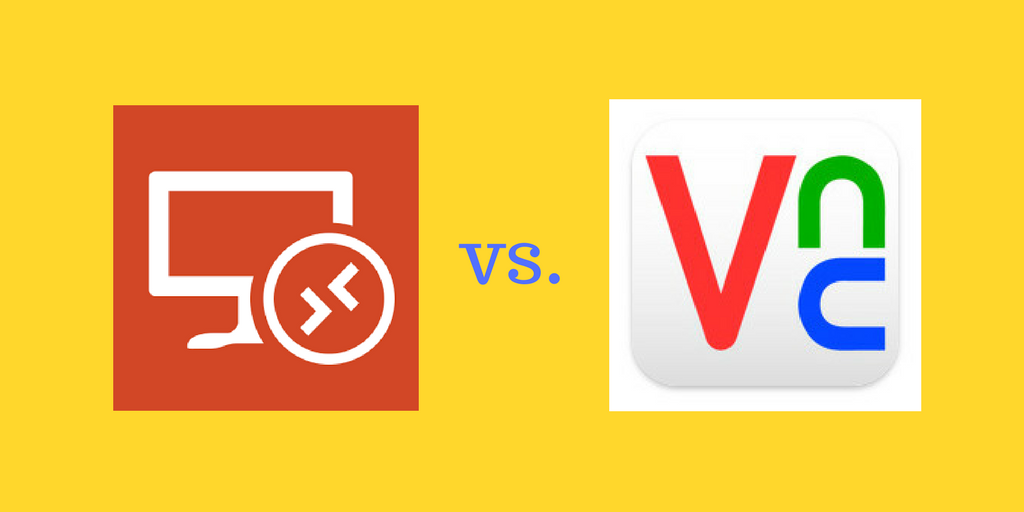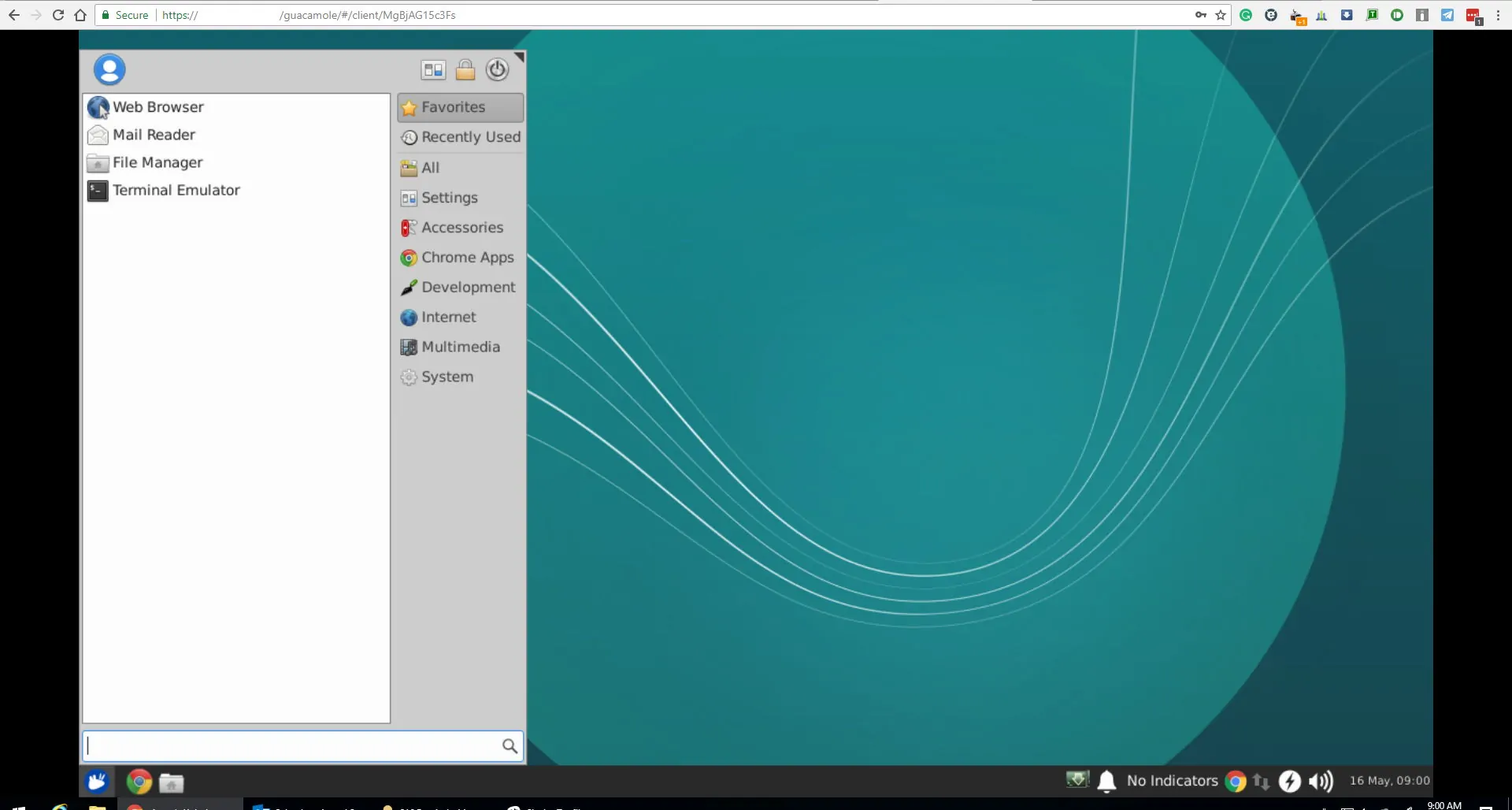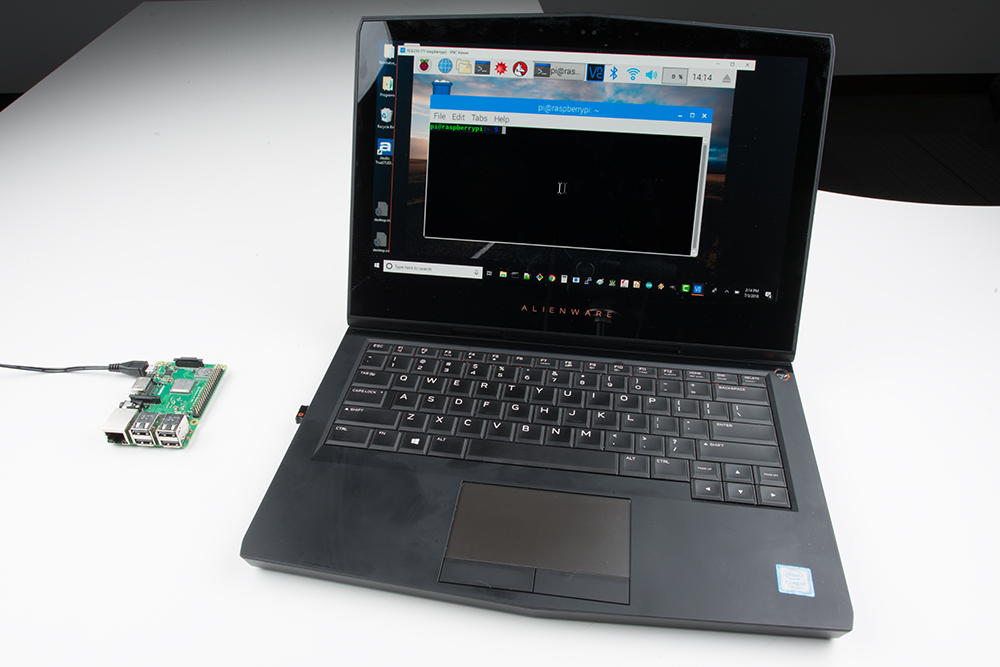X11vnc Vs Tigervnc
Shlomi Lavi / Mar 08, 2021
We publish unbiased reviews, our opinions are our own and are not influenced by payments from advertisers. Learn more in our advertiser disclosure.
- Hi guys, is there any difference between performance between x11 vnc vs tight vnc.
- X11vnc does not create an extra display (or X desktop) for remote control. Instead, it shows in real time the existing X11 display, unlike Xvnc, part of TigerVNC.
TigerVNC provides the levels of performance necessary to run 3D and video applications, and it attempts to maintain a common look and feel and re-use components, where possible, across the various platforms that it supports. TigerVNC also provides extensions for advanced authentication methods and TLS encryption.
Bottom Line: Which is Better - UltraVNC or TightVNC?
X11vnc Vs Tightvnc
TightVNC is more expensive to implement (TCO) than UltraVNC, UltraVNC is rated higher (86/100) than TightVNC (72/100). Both tools offer the same amount of features.
Looking for the right Remote Support solution for your business? buyers like you are primarily concerned about the real total implementation cost (TCO), full list of features, vendor reliability, user reviews, pros and cons. In this article we compare between the 2 software products:
How UltraVNC compares with TightVNC Software?
UltraVNC: UltraVNC is notable as the base for free no-install remote help desk options including UltraVNC Single Click ('SC') and PCHelpWare. These operate by generating pre-configured executables that can be downloaded and run on systems needing support; these applications then connect back to server software running on the system providing support.
TightVNC Software: TightVNC is a cross-platform open source remote desktop software application that uses and extends VNC's RFB protocol to control another computer's screen remotely. It was created by Constantin Kaplinsky. His extensions provide for 'tight encoding', which improves performance over low bandwidth connections.

Who's more expensive? UltraVNC or TightVNC?
The real total cost of ownership (TCO) of Remote Support software includes the software license, subscription fees, software training, customizations, hardware (if needed), maintenance & support and other related services. When calculating the TCO it's important to add all of these 'hidden cost' as well. We prepared a TCO calculator for UltraVNC and TightVNC.
UltraVNC price starts at $100 per user/year , on a scale between 1 to 10 UltraVNC is rated 4, which is lower than the average cost of Remote Support software.TightVNC price starts at $100 per user/month , when comparing TightVNC to their competitors, the software is rated 4 - lower than the average Remote Support software cost.
Bottom line: UltraVNC cost is around the same cost of TightVNC.
Which software includes more/better features?
As with any business software solutions, it’s important to consider the features & functionality. The tool should support the processes, workflows, reports and needs that matter to your team. To help you evaluate this, we've compared UltraVNC Vs. TightVNC based on some of the most important and required Remote Support features. UltraVNC: Data Import/Export, Basic Reports, Online Customer Support. TightVNC: Data Import/Export, Basic Reports, Online Customer Support.
Target customer size
UltraVNC's typical customers include: Small, medium and large size businesses, and TightVNC's target customer size include: Small, medium and large size businesses.
Compare specifications
Free Vnc Server Linux
X11vnc Vs Tigervnc X

Author

Shlomi Lavi
Shlomi holds a Bachelor of Science (B.Sc.) in Information System Engineering from Ben Gurion University in Israel. Shlomi brings 15 years of global IT and IS management experience as a consultant, and implementation expert for small, medium and large size (global) companies.
A previous article mentioned using a keyboard shortcut to launch vnc, something I gained experience with while using the Raspberry Pi. VNC is a method of remote computer access, but why use two servers? The answer is that one attaches to an actual display “:0” and the other, a virtual “:1”.
Using an actual display is essentially screen-sharing, where multiple users can manipulate the physical display simultaneously. To that end, a local user must be logged in and ready to share their desktop.
A virtual display is useful when one is using Linux in a “headless” configuration, where there is no local user involved.
For my purposes I did a “sudo apt-get install openssh-server x11vnc ssvnc tightvncserver” from the terminal.
While one could use the “/home/user/.vnc” folder to store configuration for both servers, I chose to make a separate one for x11vnc with commands:

mkdir ~/.x11vnc

x11vnc -storepasswd /home/user/.x11vnc/passwd
X11vnc Vs Tigervnc 2020
vncpasswd (and let is store its password in .vnc)
Setup the service from the instructions How to Install and Configure VNC on Ubuntu 16.04 | DigitalOcean.
Best Free Vnc
After numerous attempts, I gave up on using SSL for the VNC security layer and opted for the more traditional SSH tunnel approach.
To connect to x11vnc I tunnel with command:
ssh -L 5902:localhost:5900 -N -f -l <user> <host>
X11vnc Vs Tigervnc Pro
While it’s this one for the tightvnc server:
ssh -L 5902:localhost:5901 -N -f -l <user> <host>
The command is saying map localhost port 5902 to remote port 590x. There is a relationship between the “port” and “VNC Host:Display” which is input in the form “host:display:port”. Display “0” is equivalent to port “5900” and display “1”, “5901”.
The display is essentially the last digit of the default VNC port number 590x. Using something like “192.168.0.2:1:5902” probably wouldn’t work since it’s like saying “192.168.0.2:1″ and 192.168.0.2:2” or “192.168.0.2::5901” and “192.168.0.2:1::5902”.
In some situations, “192.168.0.2:1” will work with the VNC client, and others “192.168.0.2::5901”. Just keep in mind the relationship and try things different ways.
Note that it isn’t necessary to use SSH or SSL. The purpose of both is to encrypt passwords so they aren’t transmitted across the network in “plain-text”. If using SSVNC with the tunneling commands, I mentioned earlier, be sure to set the “VNC Host:Display” to “localhost:2” and change the default encryption mechanism from “SSL” to “None”. The program will complain but it doesn’t know we’ve already handled the situation externally.
Now that there’s a vnc server running at boot on your Linux machine, you should be able to turn it on and just connect, even when it’s sitting at the login screen, right? Not necessarily. On Ubuntu variants using “network-manager”, check your network adapter settings “Network Tray Icon > Edit Connections > Ethernet/Wi-Fi subheading (your connection) > General”. Ensure that it is “Available to all users”. This seems to be the default on Ethernet but not Wi-Fi connections. If it isn’t available to all users, the network won’t connect before login.
Additionally, it might be worthwhile to check your router/DSL modem/Cable modem/etc. settings for a “DHCP Reservation” option. It’s a nifty way to associate a MAC address to an I.P. so that you don’t have to touch any settings on the client computer and yet it is always assigned the same network address. Makes using VNC easier if you have trouble connecting to it by host-name.